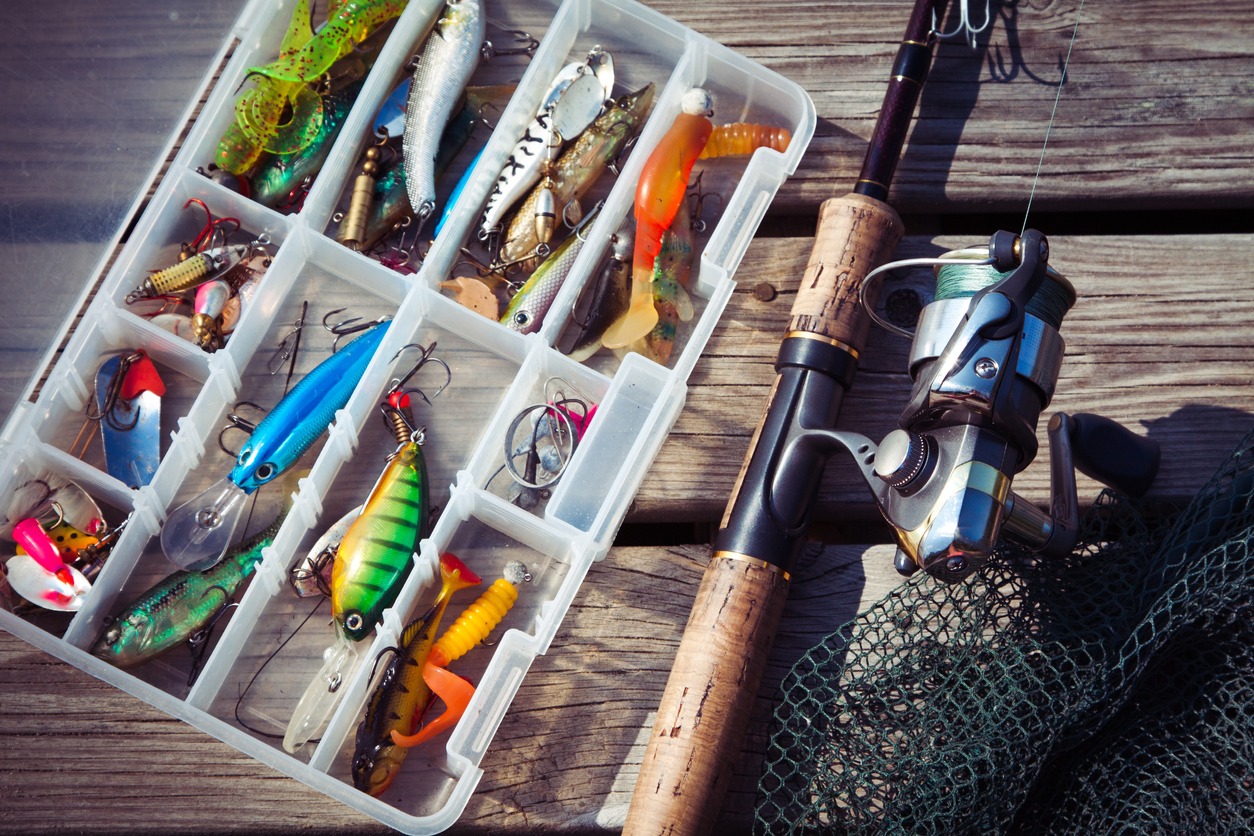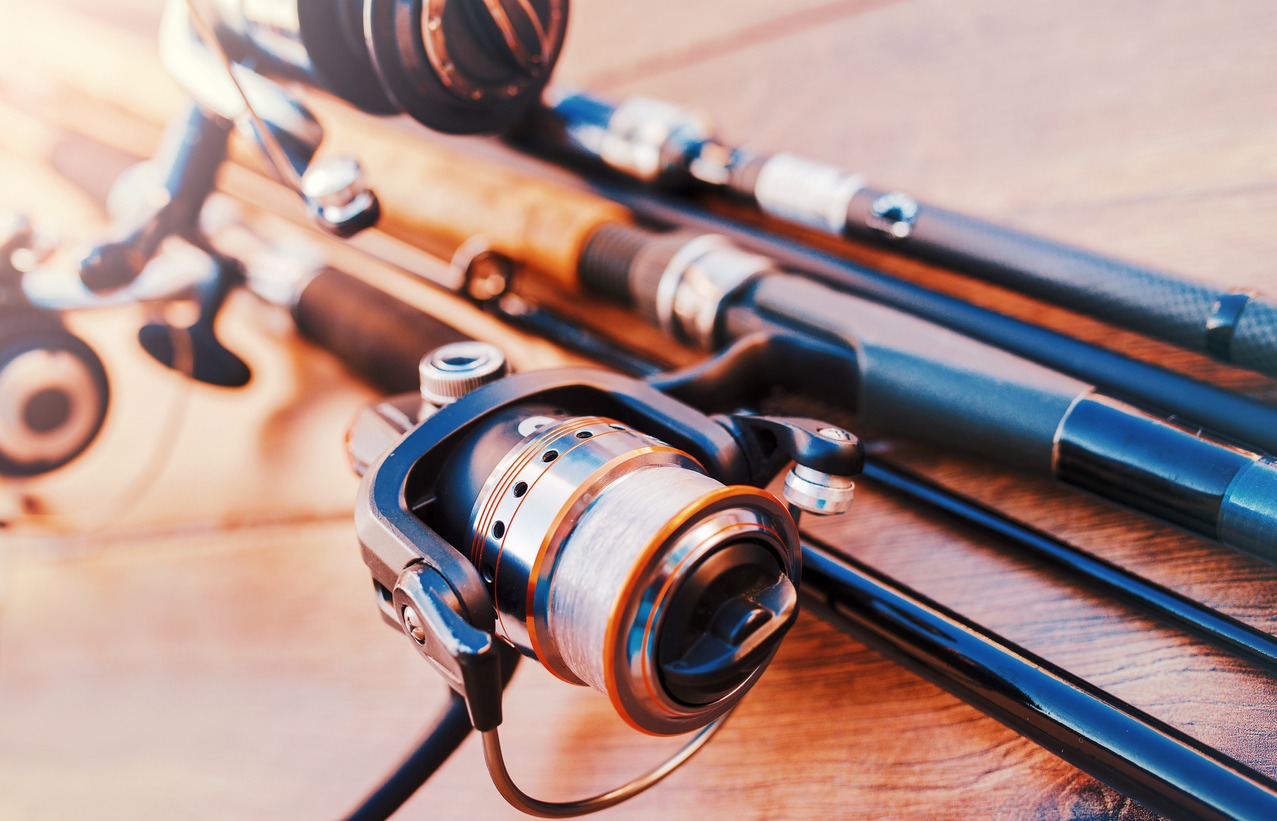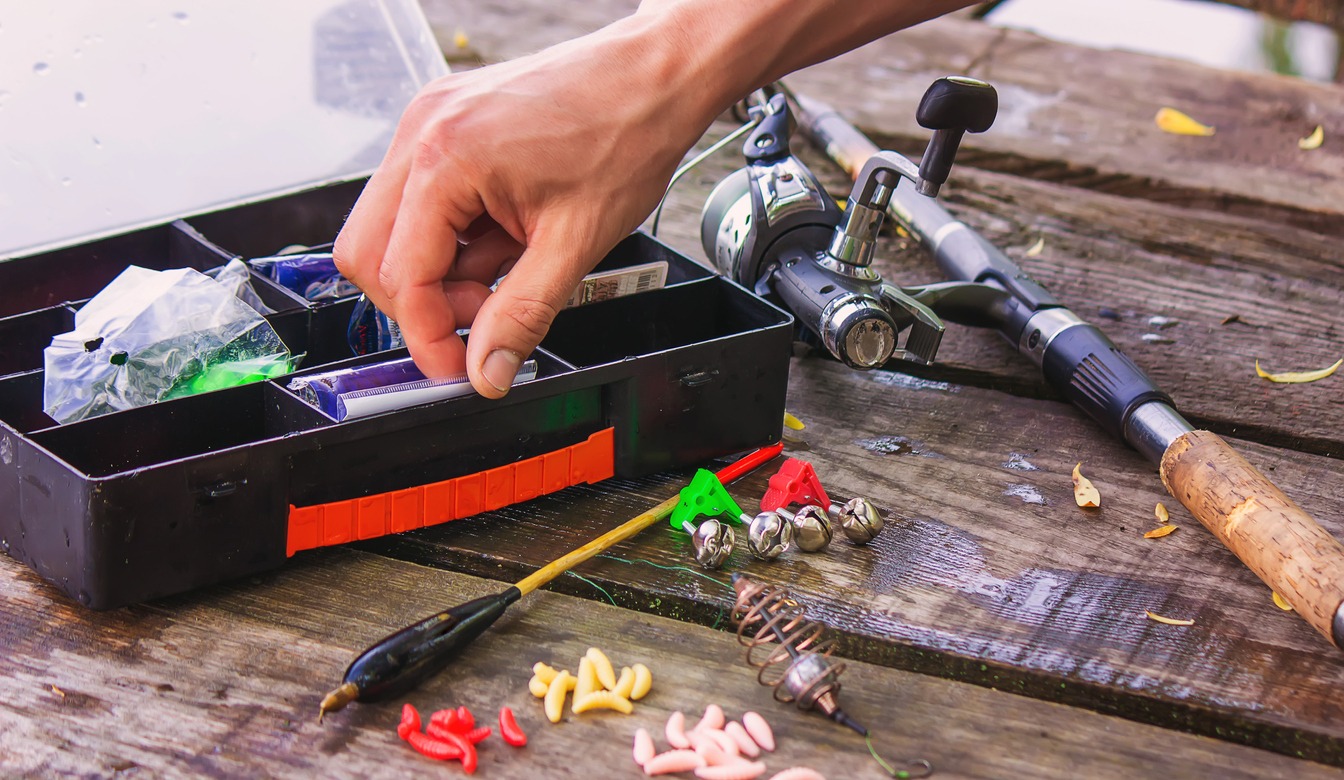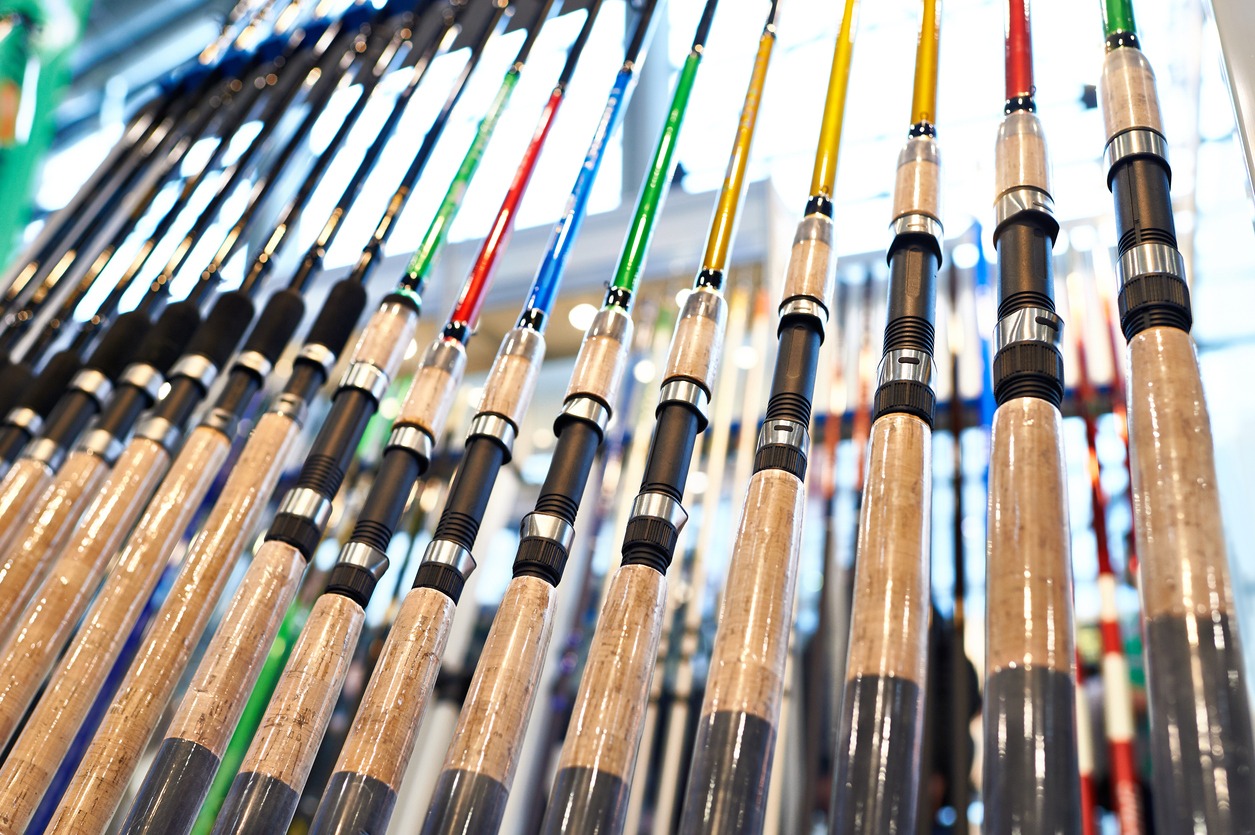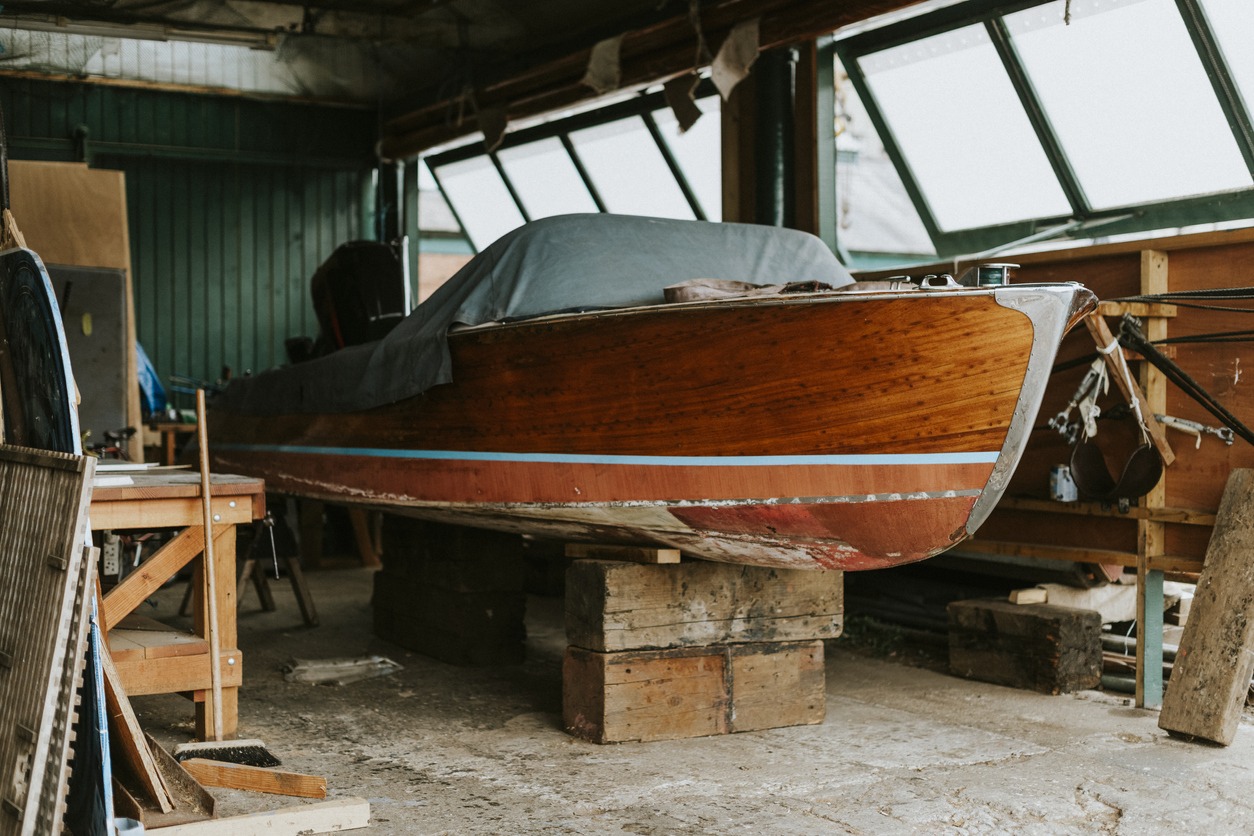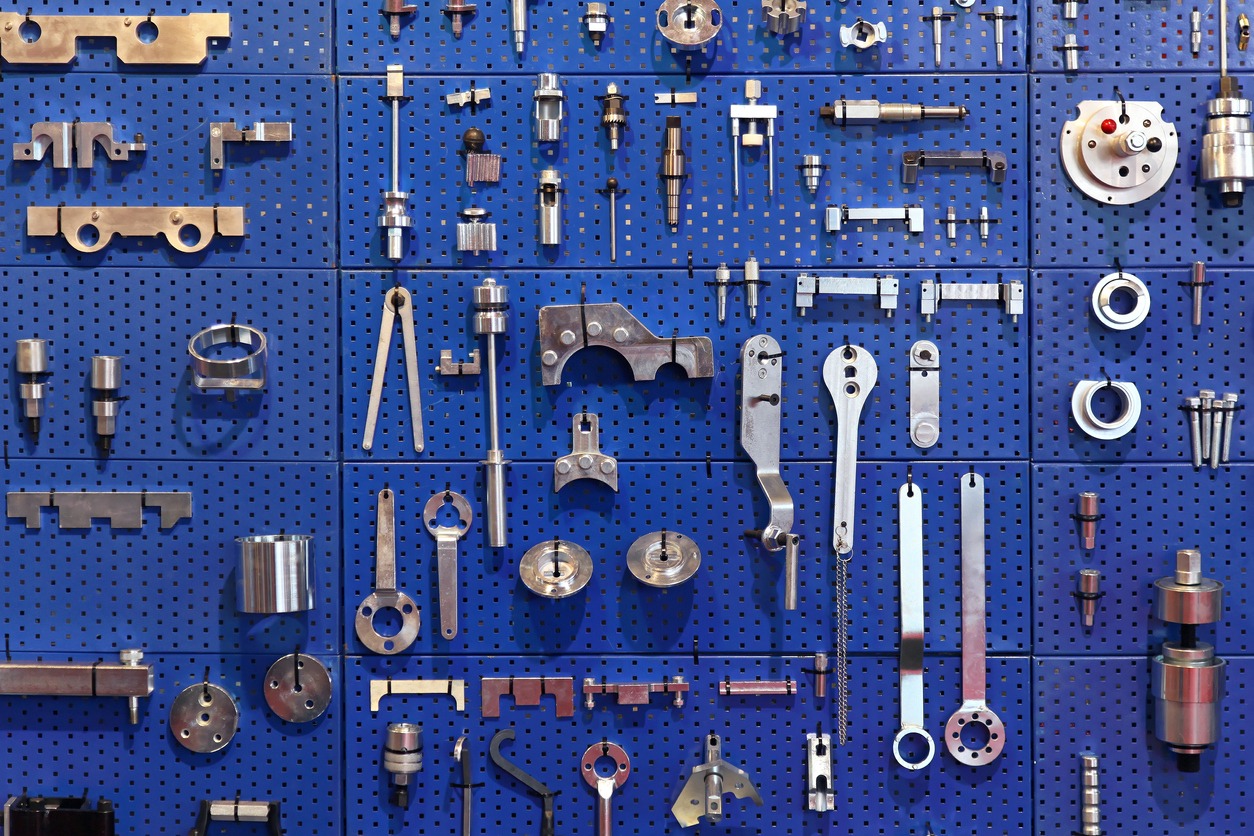Whether someone lives near a natural water body or not, chances are that they might enjoy fishing on an occasional basis. Fishing is both a sport and a pastime; it’s exciting and productive when you catch a fish, and relaxing when you don’t. Many people might just go fishing for the meditative experience it brings. One thing is constant in all kinds of fishing, however, and that is the gear.
Fishing gear can be challenging and a bit expensive to collect. There can also be all kinds of gear, with varying levels of sensitivity, usefulness, hardiness, etc.
Since fishing is a seasonal activity, you need to make sure that its gear stays dry and functional even when in storage during the off months.
Properly storing fishing gear requires a certain atmosphere and surroundings. In most homes, the garage is the best place to store such gear. It usually has the space and potential for a perfect gear storage area. However, we may need to prepare our fishing gear before storage to ensure that it doesn’t get damaged or cause damage to other items. There are also various types of storage available; each of them has their pros and cons as well. Let’s now look at the various components of fishing gear and what we need to do to properly store it in the garage:
1. Types of Fishing Rods
Think of fishing rods as a set of golf clubs. Technically speaking, any kind of golf club will get the ball moving on the course. However, most golfers carry around a whole set of clubs, choosing just the right iron according to the course they’re on and the specific situation of the ball.
With fishing rods, we have a somewhat similar experience. Some anglers may have five or six fishing rods with them on one trip and four more rods in storage at home. The blank or shaft of a fishing rod as well as its sensitivity may vary from one model to another.
Novice anglers will likely have fiberglass making up the blank of their rod. These are also cheaper than the more advanced option, which is graphite. When you’re a bit more experienced in the fishing area and want to land bigger fish, a graphite blank may be the need of the hour. There is more power and sensitivity in these rods. You can also have the best of both worlds and go for a composite fishing rod. Those who like to fish on a regal basis may acquire quite a large collection over time.
However, before storing the fishing rods in your garage, you have to make sure that every component is cleaned and dried properly. Along with the shaft to consider, the fishing rods today are often made up of smaller individual pieces such as guides (rings), ferrules, and reel seats. Make sure to take care of each part before putting the rod away for storage. This rule of thumb applies for storing both fishing and hunting gear.
2. Preparing to Store Fishing Gear in the Garage
If you’re an avid fisher yourself or know someone who is, you’d know how frustrating it is when a fishing rod breaks. This isn’t really a normal thing to happen, and usually doesn’t occur due to the poor make or material of the rod. Most times, the real culprit was improperly storing the rod when not in use.
Since a fishing rod is usually expensive, we need to take proper care of it to ensure its longevity. Whether you fishing rods are one piece or compositional, here are some tips to clean them up before storing in the garage:
- Right after getting home from a fishing trip, lay down all the rods and hose them down with fresh and clean water. This will do away with most of the mud and other debris.
- After that, rub down the rods with a rag dipped in soap and water. This will do away with the slimy residue. Make sure to clean up the guides of the rod as well.
- If the rods have multiple pieces, separate them and clean both the pieces and the ferrules
- Hose or rinse the soapy pieces using fresh water
- Dry the rods with dry cloths or rags, being as gentle as possible
- Inspect the rods for any damage such as chipped handles or torn foam. There are cork sealants and super glues available for repairing such kinds of damage.
- Grease the gears and oil the rotating shaft lightly
- Clean the other bits such as lures, tackles, knives, pliers, etc. Make sure to be even more through in cleaning if you’ve been fishing in saltwater.
Fishing gear may often go alongside hunting gear when stored in the garage.
3. Storing Fishing Gear the Right Way
A garage allows you to store your fishing rods and other large fishing gear vertically. This is much better for keeping the equipment dry and accessible. It’s also a good place to store gear away from sunlight and other damaging elements. Garages are much less prone to moisture than basements or attics, as they both can suffer from water damage quite easily.
Of course, a garage isn’t always perfectly dry, especially if you keep the door open for long periods of time. If you’re storing your fishing gear in this area, make sure that it’s well away from exposure to outside elements.
There are many fishing storage room ideas that might help in making your garage the perfect area for fishing gear. You may want to check out the best garage storage systems for achieving a secure, dry place to keep your gear.
4. Horizontal Shelving Can Be Useful
Vertical storage isn’t the only helpful kind for fishing enthusiasts. A few horizontal shelves in your garage aren’t difficult to install; in fact, you may already have some on hand. Shelving like this can be best for storing the small parts of your fishing gear. Store your fishing lures in plastic boxes and label them according to the kind of fishery. This way, you’ll be easily able to locate and pick up the kind of lures you want just before going on a fishing trip.
If there isn’t much space left in the garage for either horizontal or vertical storage, take a look at the door. These tips for utilizing your garage door for storage might be of great help to maximize space in this area.
5. Using Stackable Containers
Since the garage is an informal part of the house, it doesn’t need to look completely neat, clean, and presentable at all times. You can designate an area there and set up some stackable containers with labels to specify what’s inside. These containers may have reels, lines, fly boxes, and anything else you need for a fishing trip.
You can also store these boxes by the weight of the equipment and what size or species they’re used for. This will further cut down on the time it takes to prepare and pack for your fishing time.
6. A Garage for Storing Boats
If part of your fishing gear is a motorboat, see if your garage can house that as well. After all, the garage is for safely storing vehicles and keeping them away from winter damage plus other elements.
If you’re just a foot or so short of space for your boat in the garage, try putting in a metal hinge that locks in place. This might help the trailer fold back a bit and let the garage door close.
7. A Garage Loft for Fishing Gear
Rode tubes can take up a lot of space, and not every garage can accommodate them on the floor. For some people, a loft might be the best way to save floor space and still keep all the fishing gear in the garage.
8. Utilizing Pegboards for Extra Items
Pegboards in garages can come in handy for a lot of things. We can store our tools there within easy reach, whether they’re for gardening or woodworking. These pegboards will also be perfect for hanging any extra baits or bagged plastics. With this sort of organization, fisherman can simply grab whatever they need before going, avoiding a lot of mess along the way.
The pegboard or any hanging display racks will also keep the small fishing accessories neat and tidy. You can access whatever you want to without pulling out a lot of other items along the way.
9. Keeping Gear Off the Ground
Yet another reason to keep your fishing gear in the garage is that this area is less likely to be frequented by other people in the house. We’re talking especially about the kids here; if delicate and expensive fishing gear gets into careless hands, the damage could be irreversible.
Of course, there are times when the kids will enter the garage. They might keep their bicycles there, or have a whole area to keep their toys in. This is why fishing gear should be off the ground when in a garage. If you have kids in the house, this is the best way to ensure that they don’t get hurt by the gear and vice versa.
Conclusion
The garage is no doubt among the best places to store fishing gear, winter equipment, and many other items that you only use seasonally. It’s relatively dry, safe from outside elements; and may not be a highly frequented area as compared to the rest of the home. Moreover, a garage is very versatile; you can add on more shelving, a loft, and even hang tubes directly from the ceiling if necessary.
If you’re a fishing enthusiast, make sure that all your gear is properly cleaned, dried, and put away in the garage (preferably) right after each fishing expedition. This will ensure that the gear performs well and lasts as long as possible. At the same time, you’d be making the most out of your garage’s potential.

